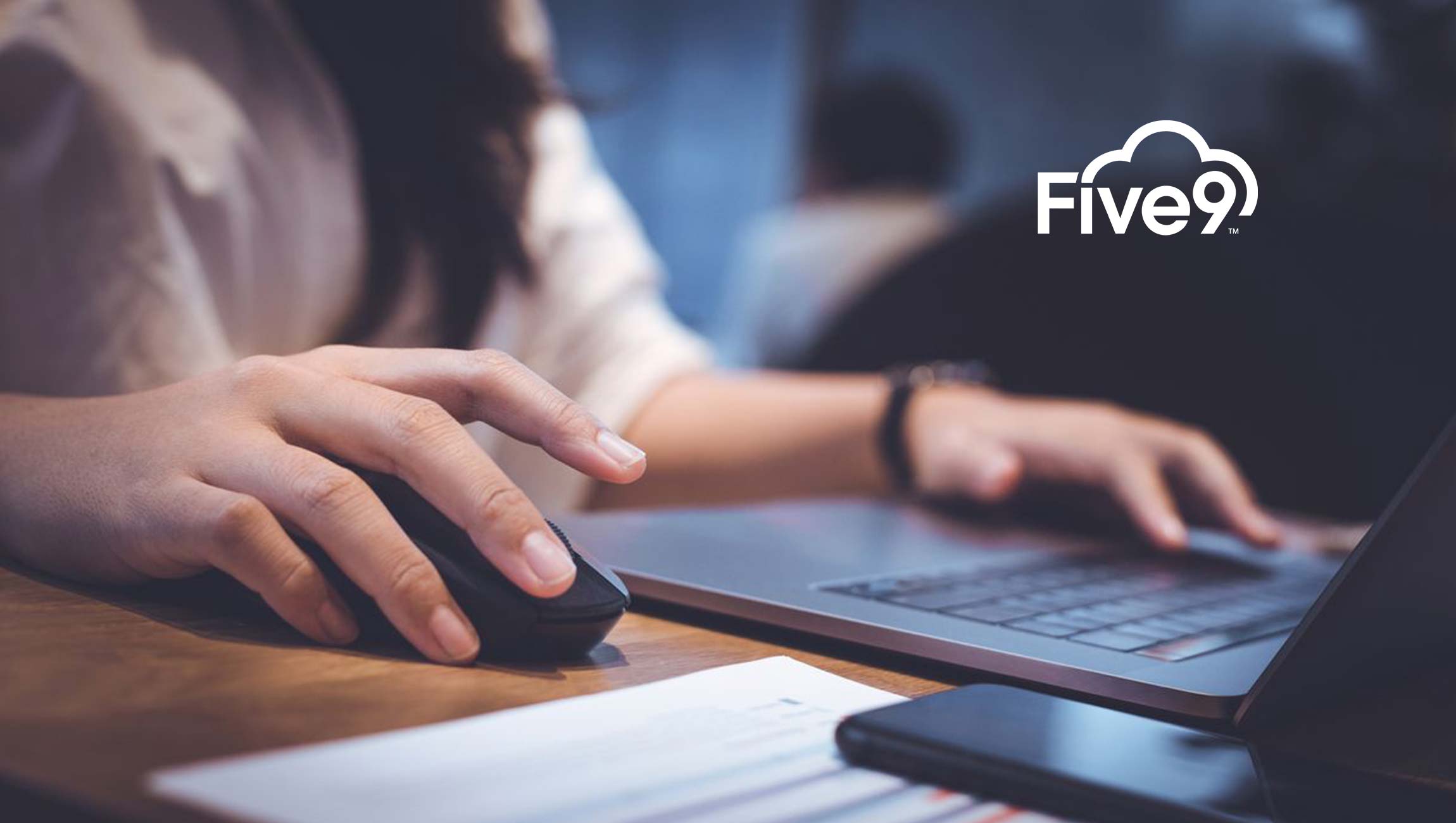The economic impact of the novel coronavirus is spreading well beyond a select few industries. Not even the government can stop it from damaging the U.S. economy. While the extent to which our global economy will be affected by COVID-19 remains to be seen, it’s very likely that the effects on some industries will be long-term – especially those that relied on big, in-person events to market to customers. I believe the coronavirus will change B2B marketing the way social media changed how we consume news. Here’s how.
First, Let’s Compare In-Person Events to Newspapers at the Height of Their Popularity
For years, buyers and vendors alike have valued the opportunity to see and interact with each other. In fact, the majority of business leaders (from VP up to the C-Suite) say in-person events are a critical component for their company’s success.
Events have held their value because they’ve been curated, deliberate, and gated by an investment. (In fact, in 2017 events brought in an estimated $1 trillion to the global economy.) Buyers have liked them for the condensed opportunity to evaluate many solutions in a short time; they learn, feel inspired, get out of the office, and meet potential vendors in-person.
Read more: Understanding Your Customers and Prospect During Uncertain Times
Vendors, on the other hand, have loved getting exposure to many people at once – particularly those who are in their target market and are great sales prospects. In just a day or two, vendors have the ability to display or demo their products and services to hundreds of potential customers, and facilitate deeper, in-person conversations that can lead to long-term relationships. For some, this opportunity is invaluable.
Similarly, newspapers built their brand on providing quality, curated content for specialized audiences – from local city papers to regional distributions and then to major national publications. Just like in events, people used to read a newspaper to learn about new things and to explore their specialized interests more deeply. And they paid for it.
As Big Events Cancel, Marketers Will Go Digital and Have to Face the Noise
B2B companies rely on events to build out their opportunity pipeline. In the wake of COVID-19, many companies have already canceled, postponed, or re-imagined their events with Virtual components, Webinars, Digital Advertising, Email Marketing and more.
As companies like Google and Adobe move their conferences online, we will get a unique glimpse into an emerging category of Virtual events. In fact, it’s likely we’ll see innovation in this space as companies scramble to find a new way to facilitate mass gatherings while maintaining social distancing.
As new strategies emerge, however, there will be a lot of noise. Beyond feeling budget pressure and being hesitant to buy into these new solutions, buyers will get fatigued and many of these solutions may become irrelevant.
Read more: Why Travel and Retail Experience Landed Me in MarTech
Similarly, newspapers became threatened by the internet the way events have been threatened by the novel coronavirus. From Craigslist to Friendster and even RSS feeds, in the early 2000’s we saw a proliferation of blogs, social media, and websites that offered alternative content to traditional media.
In the beginning, consumers jumped from one social networking site to the next, surrounded by the noise of innovation in the space. There was a lot of trial and error, and consumers didn’t know who or what to trust.
In Media and Events, the Solutions That Win Will Be Open to Innovation but Devoted to Quality.
Similarly, in almost all cases, moving B2B marketing spend to digital channels and other alternatives is the best option for now. However, marketers should expect a lot of noise as companies grapple with how to conduct B2B marketing in the time of COVID-19. Those that take a targeted and data-driven approach will see better results and survive, even thrive, in the wake of this global pandemic – because better data gives marketers a better understanding of ROI.
After seeing success in these digital channels that serve as alternatives to in-person events, many companies will start devoting more budget to these new channels going forward, just as readers started shifting habits from traditional media toward digital channels.
Events will certainly come back, but after witnessing the devastation a single new virus can cause on a major investment, companies may be tentative about jumping back in. This will mean the events that innovate and focus on the quality and value that originally made them successful will thrive again, but other events with lower quality will likely fade away.
The New York Times is an excellent example of a traditional medium that has stayed the test of time and innovation. Just like the newspapers who found a way through the internet apocalypse, events will find a quality niche in a more digital landscape.
I think we’re all anxious to get back to normal. But big disruptions like COVID-19 can be unique opportunities to reexamine the way we’re doing things, innovate, and change things for the better. I’m excited to see what new digital and in-person experiences will soon be a part of our marketing mix.
Read more: Opinion: Exercise can be good for you and your country especially during a crisis like COVID-19











